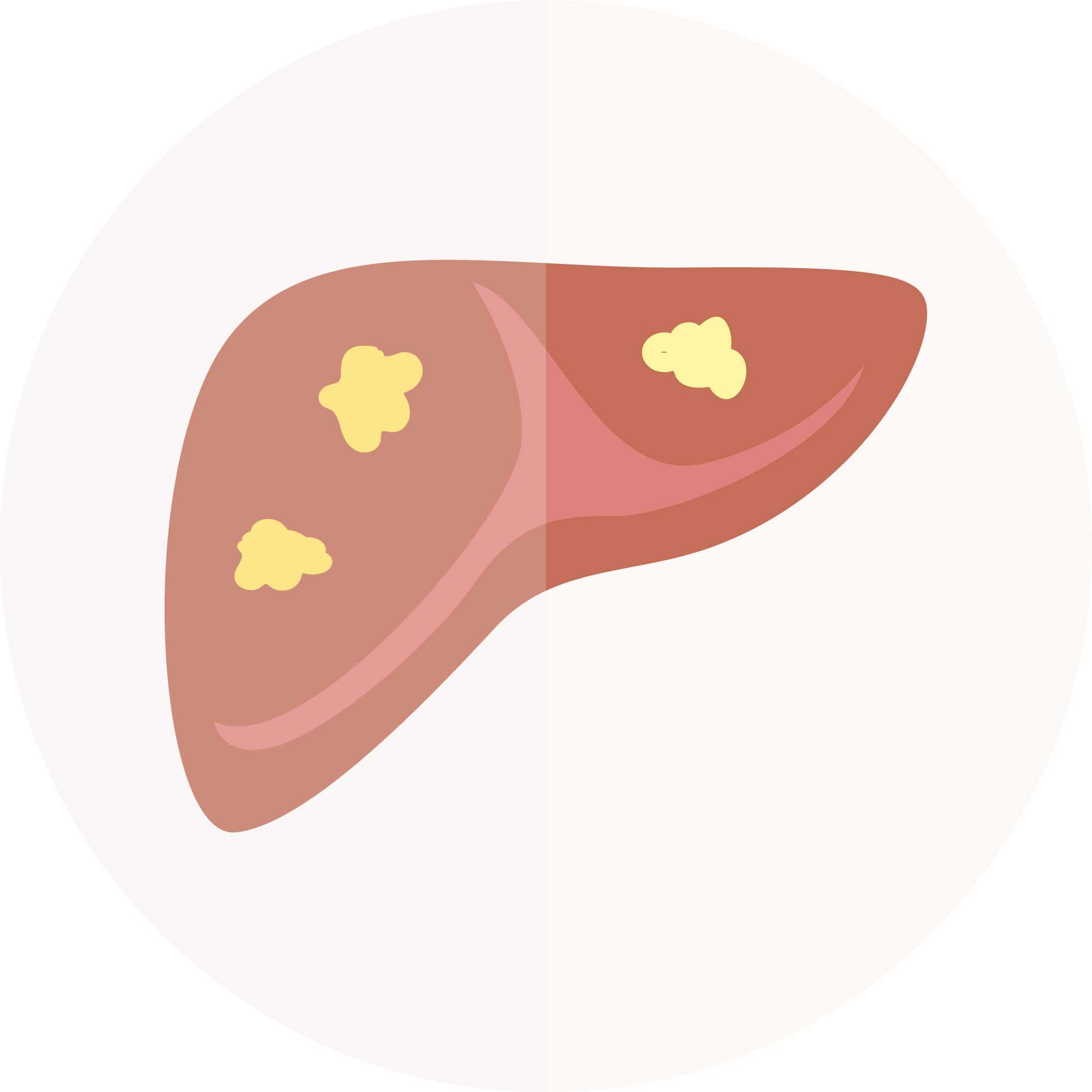 Nonalcoholic fatty liver disease (NAFLD) is the most common cause of chronic liver disease in the United States as well as worldwide, with an estimated prevalence ranging from 25% to 40%. Nonalcoholic steatohepatitis (NASH) is the aggressive form of NAFLD that can progress to cirrhosis, liver failure, and hepatocellular carcinoma. NASH is also associated with substantial economic burden, inflicting $103 billion of direct medical costs each year in the United States.
Nonalcoholic fatty liver disease (NAFLD) is the most common cause of chronic liver disease in the United States as well as worldwide, with an estimated prevalence ranging from 25% to 40%. Nonalcoholic steatohepatitis (NASH) is the aggressive form of NAFLD that can progress to cirrhosis, liver failure, and hepatocellular carcinoma. NASH is also associated with substantial economic burden, inflicting $103 billion of direct medical costs each year in the United States.
The development of NAFLD and NASH is closely linked to obesity, which has reached epidemic proportions in the United States. NAFLD is estimated to be present in up to 30% of the adult population (or 75 million adults) and NASH in around 5% (or 15 million adults) in the United States alone. NASH is now the leading cause in liver transplantation in females in the United States and is expected to become the leading cause in males as well in the near future. In Europe, the prevalence of NAFLD is between 26–33% in the general population and that of NASH is around 5%.
Current treatment of NASH is limited to lifestyle interventions (e.g., diet, exercise, and/or behavioral change), control of diabetes and/or other metabolic disturbances, and vitamin E or pioglitazone. Significant weight loss has been shown to reduce the symptoms of and/or resolve NASH, but is difficult to maintain for many individuals. Several pharmacological treatments that could potentially reduce the rising burden of NASH are in development.

 This work is supported by the American Association for the Study of Liver Diseases Innovation Fund
This work is supported by the American Association for the Study of Liver Diseases Innovation Fund

